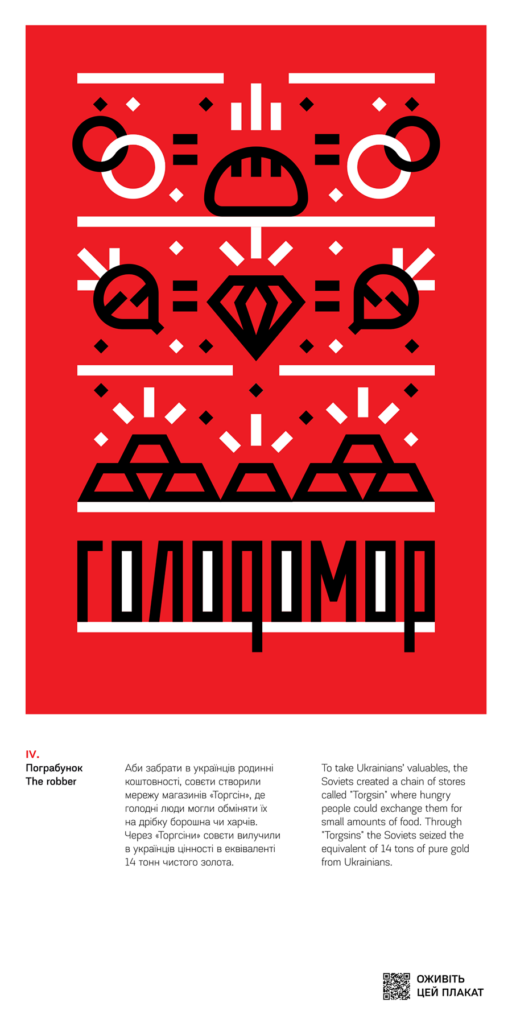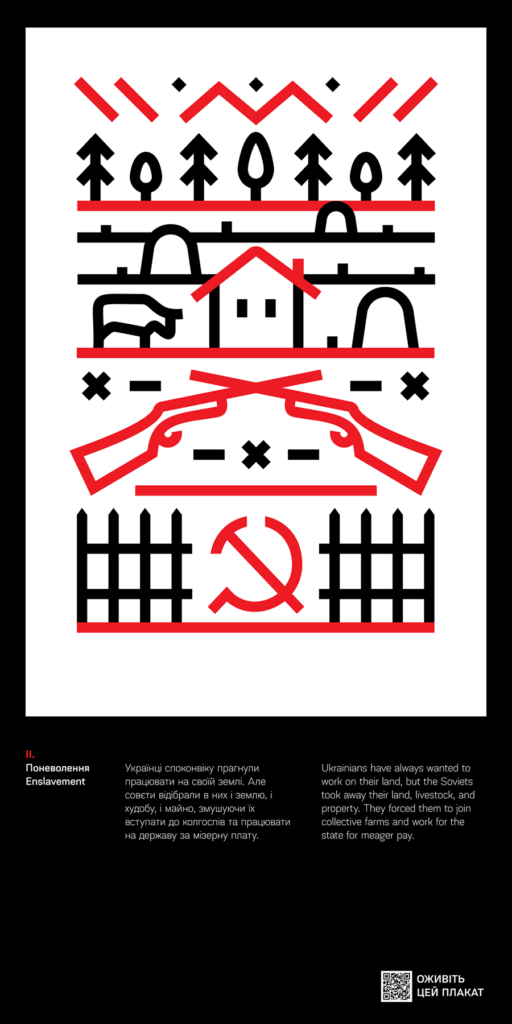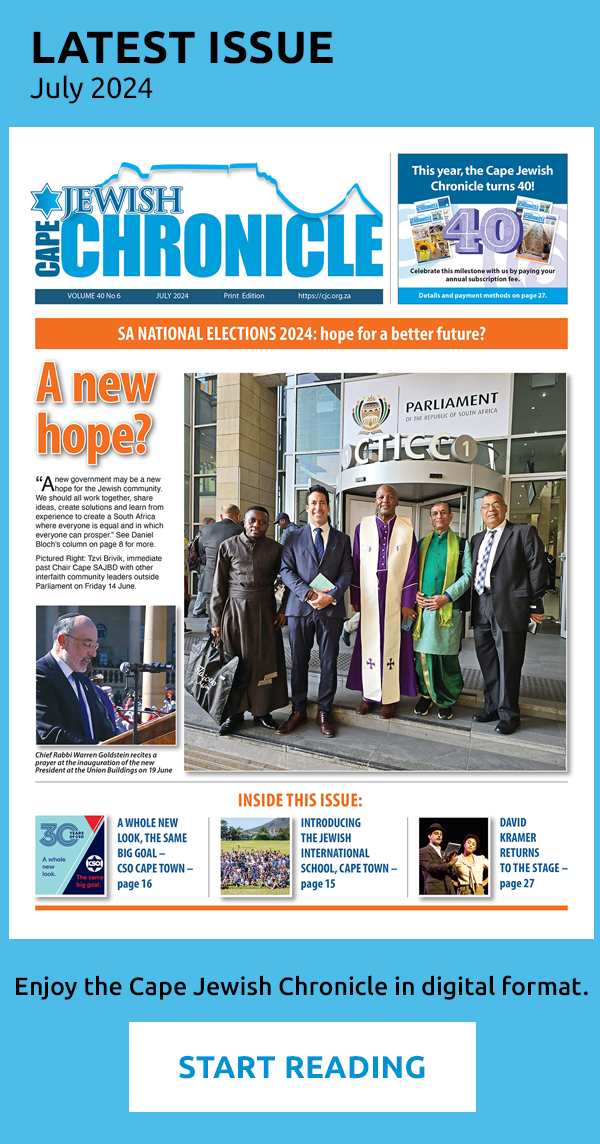The mass killing of people through denying them access to food has been recorded on numerous occasions throughout history. Jewish people know only too well how starvation led to the death of large numbers of our brethren during the Holocaust; in addition, starvation was also a tool in the Armenian Genocide.
Perhaps the most significant instance of genocide by starvation is an event little-known outside of the community affected by it: the Ukrainians. Perpetrated between 1932 and 1933, the genocidal actions of the Soviet Union under Josef Stalin in the Holodomor led to the deaths of well over 3 million Ukrainians. Clearly, this was a genocide of frightening magnitude.
The evidence of the mass starvation – the product of Soviet policies – was suppressed throughout the Soviet era, and modern-day Russia still refuses to acknowledge it as a genocide aimed at the Ukrainian people.
In 1928, the Soviet leadership announced a policy of collectivisation by combining individual private farms with the collective farms of state property. Ukrainians opposed this policy and embarked on acts of resistance against collectivisation, the Soviet tax policy, outright robbery, and the terror and violence committed by the authorities against the people.
In response, Stalin embarked on a campaign against Ukraine, which included the persecution of Ukrainian intellectuals and religious and political leaders. Thus, the Holodomor was part of the overall anti-national thrust of Stalin’s decisions in 1932–1933. The news of the famine was suppressed in the Soviet Union, and offers of aid from outside were refused.
Despite the starvation among the Ukrainians, the Soviets continued to export grain from the area. In addition, to prevent people from sourcing food elsewhere, measures were introduced that prevented travel to other regions.
Since 2006, the Holodomor has been recognised as a genocide by the Ukrainian parliament. 34 sovereign states have recognised the Holodomor as genocide, including Australia, Belgium, Brazil, Bulgaria, Canada, Colombia, Czech Republic, Ecuador, Estonia, France, Georgia, Germany, Hungary, Iceland, Ireland’s senate, Italy, Latvia, Lithuania, Mexico, Moldova, Netherlands, Paraguay, Peru, Poland, Portugal, Romania, Slovenia, Ukraine, United Kingdom, United States, the Holy See in Vatican City and Wales.
You can learn more about this horrific event by visiting the Cape Town Holocaust & Genocide Centre over the next few weeks – it is open until 25 January 2024. The Centre is hosting a poster art exhibition by Yuliya Fedorovych which tells the story of the Holodomor. She defines the key prerequisites, facts and consequences of the tragedy of the 1930s, putting them together in a new visual language that reflects the synthesis that Ukrainian culture underwent in the 20th century – traditional elements of folk embroidery, allusions to which appear on posters, are woven into the general style of constructivism of the 1920s and 1930s.
The posters are also available in augmented reality, in which every fact of the past appears live. This is done through scanning each of the posters with a cellphone.


• Enjoy the December 2023/January 2024 issue – Click here to start reading.
• To advertise in the Cape Jewish Chronicle and on this website – kindly contact Lynette Roodt on 021 464 6736 or email advertising@ctjc.co.za. For more information and advertising rate card click here.
• Sign up for our newsletter and never miss another issue.
• Please support the Cape Jewish Chronicle with a voluntary Subscription for 2023. For payment info click here.
• Visit our Portal to the Jewish Community to see a list of all the Jewish organisations in Cape Town with links to their websites.
Follow the Cape Jewish Chronicle: Facebook | Instagram | Twitter | LinkedIn










